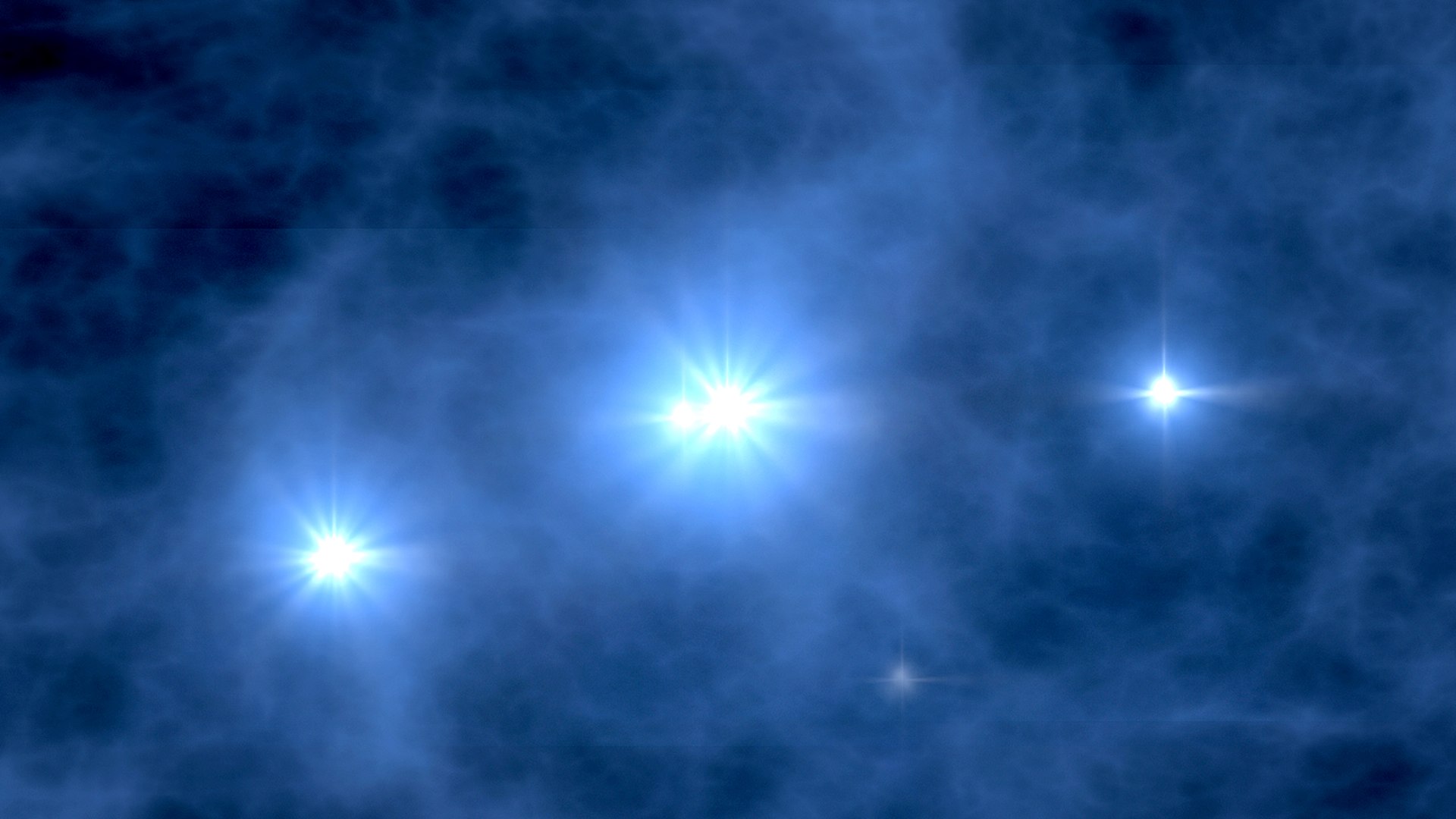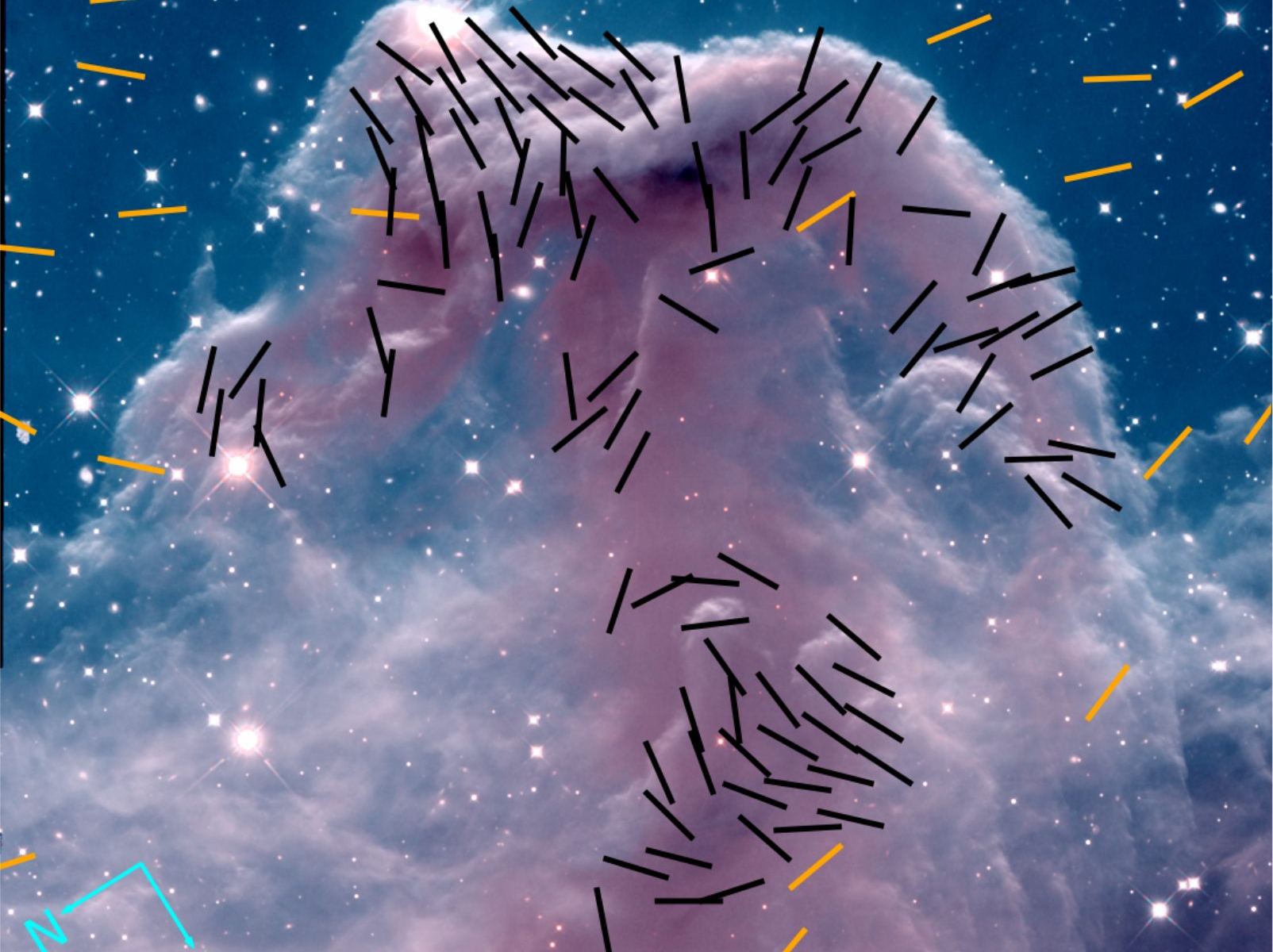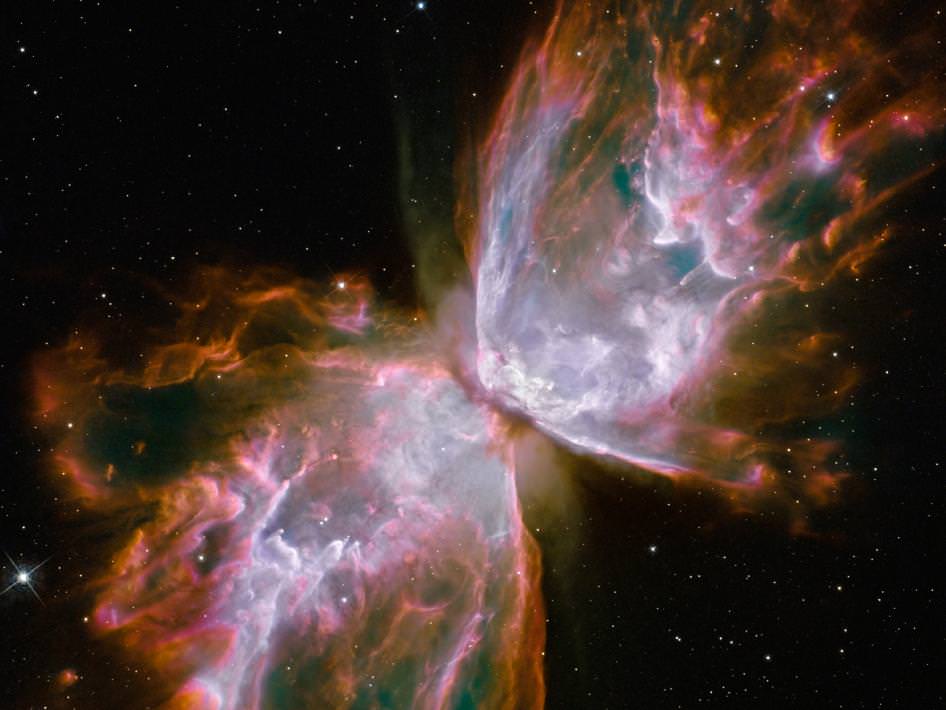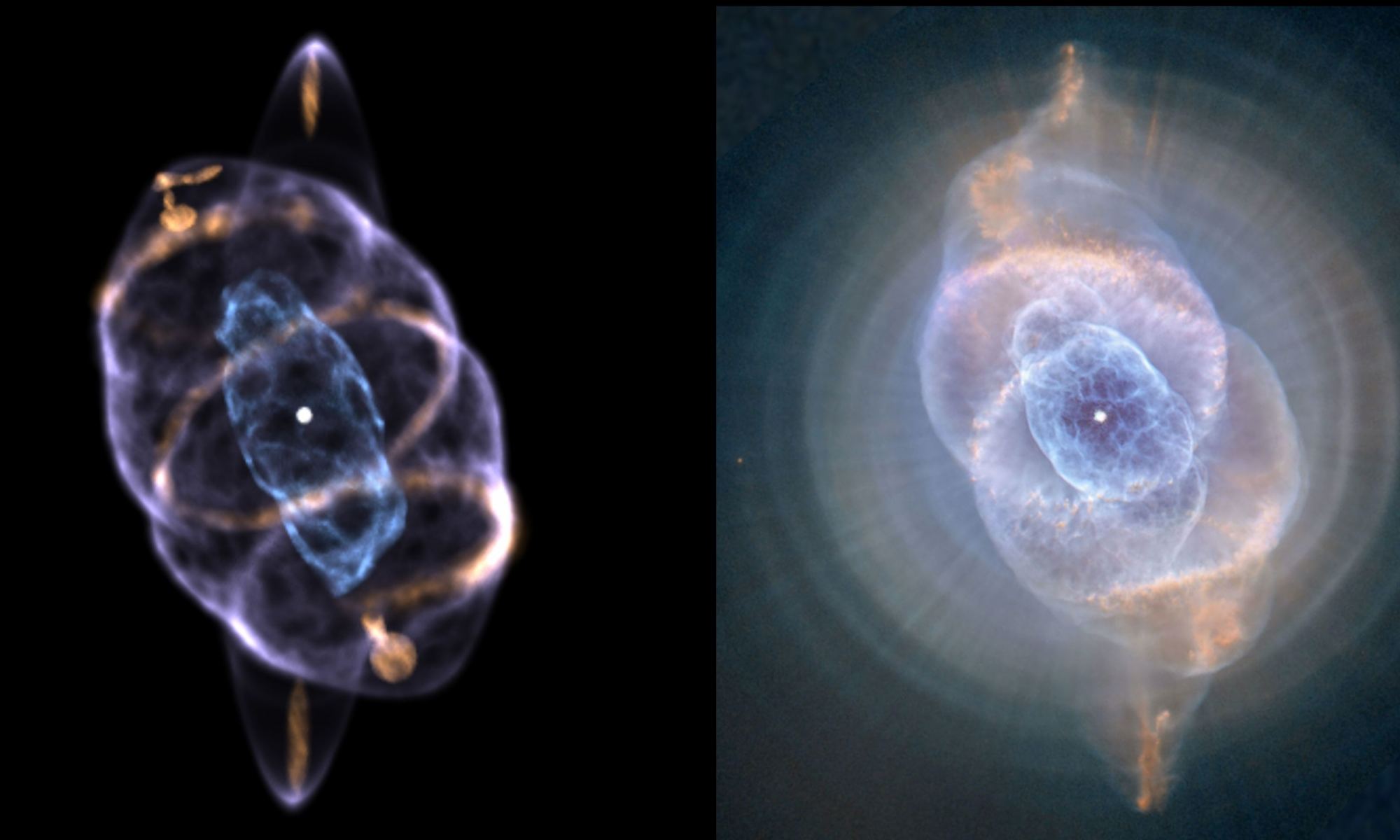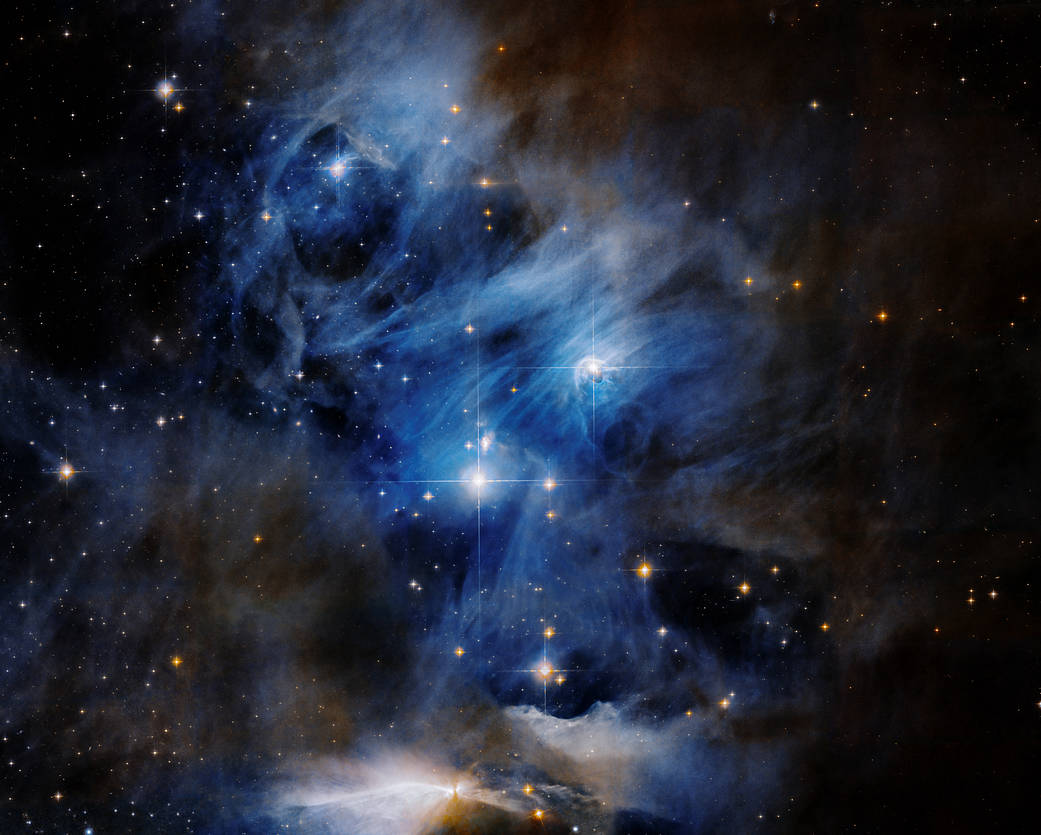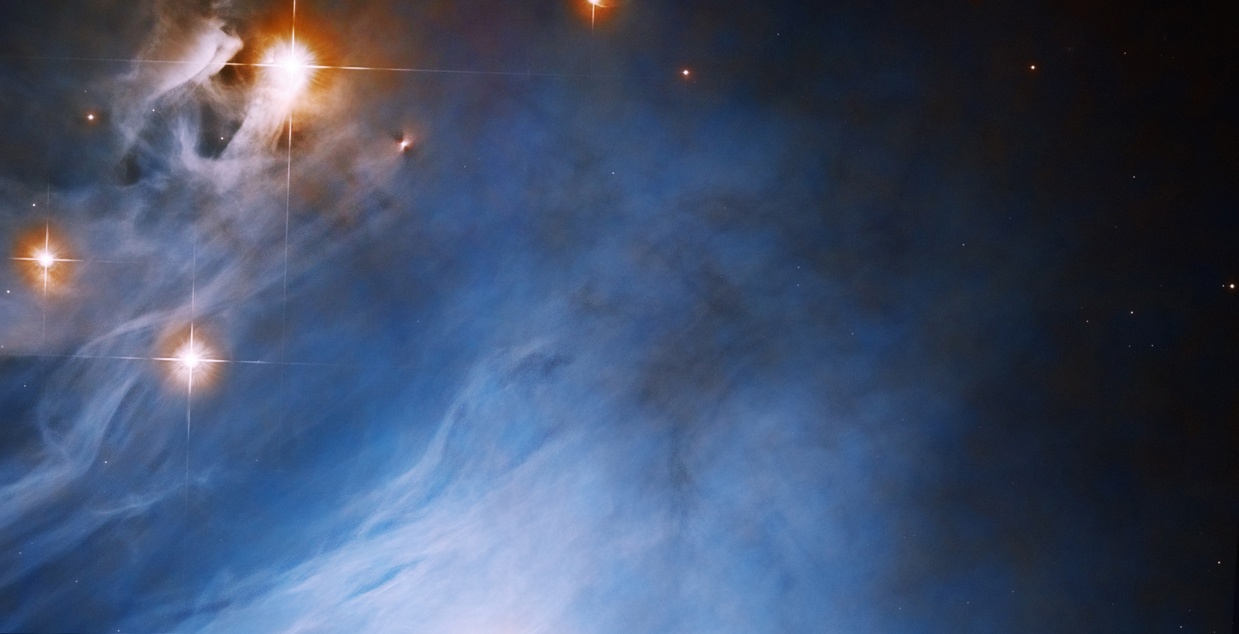Until recently, astronomers could not observe the first stars and galaxies that formed in the Universe. This occurred during what is known as the “Cosmic Dark Ages,” a period that took place between 380,000 and 1 billion years after the Big Bang. Thanks to next-generation instruments like the James Webb Space Telescope (JWST), improved methods and software, and updates to existing observatories, astronomers are finally piercing the veil of this era and getting a look at how the Universe as we know it began.
This includes new observations from the Atacama Large Millimeter/submillimeter Array (ALMA) in Chile, which obtained images of a stellar nursery inside a galaxy roughly 13.2 billion light-years away in the constellation Eridanus. This galaxy has a redshift value of more than 8.3, corresponding to when the Universe was less than 1 billion years old. The images discerned the sites of star formation and possible star death inside a nebula (MACS0416_Y1) located within this galaxy. This represents a major milestone for astronomy as this is the farthest distance such structures have been observed in our Universe.
Continue reading “Star Birth and Death Seen Near the Beginning of Time”
